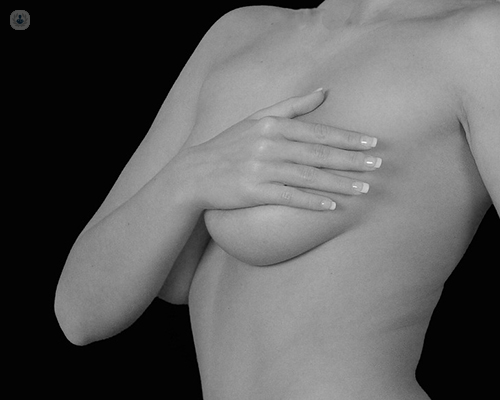Essential tips for detecting breast lumps early: a guide to effective self-exams
Autore:Early detection of breast lumps is crucial in identifying potential health concerns, including breast cancer. Conducting regular self-exams is an important step for women in the early identification of abnormal changes.
Why are breast self-exams important?
Breast self-exams are a proactive way to detect any changes in breast tissue. Early detection of lumps or irregularities can increase the chances of successful treatment, especially in the case of breast cancer. While not every lump is cancerous, identifying abnormalities early allows you to seek medical advice promptly.
Self-exams are not a replacement for professional screening methods such as mammograms, but they are a complementary tool for recognising changes between routine medical check-ups.
How often should I perform a self-exam?
For most women, performing a breast self-exam once a month is recommended. The ideal time to conduct the exam is a few days after your period, when breasts are less swollen or tender. Women who have gone through menopause can choose a consistent day each month for the exam.
Regular exams allow you to become familiar with your breasts’ normal look and feel, making it easier to notice any changes over time.
What is the correct method for conducting a self-exam?
A breast self-exam involves both visual inspection and feeling for lumps or irregularities. Follow these steps:
Step 1: visual inspection
Stand in front of a mirror with your arms by your sides. Look for any visual changes in breast size, shape, or symmetry. Check for dimpling, puckering, or changes in the skin texture. Also, observe the nipples for any discharge or unusual positioning.
Raise your arms overhead and repeat the visual inspection from different angles. It’s important to note any changes in the breast’s appearance, no matter how subtle.
Step 2: manual examination while standing
While standing or sitting, raise one arm and use the opposite hand to examine the breast. With your fingers flat, move them in small circular motions across the entire breast, covering the area from the collarbone down to the bra line and from the armpit to the breastbone. Apply varying pressure—light pressure for surface tissue and firmer pressure for deeper tissue.
Don’t forget to examine the armpit area as well, as breast tissue extends into the underarm.
Step 3: manual examination while lying wown
Lying down allows the breast tissue to spread evenly, making it easier to feel any abnormalities. Place a pillow under one shoulder and raise the corresponding arm. Use the opposite hand to repeat the circular motions across the entire breast, covering the same areas as in the standing exam.
Perform this for both breasts and make sure to check the nipples for any unusual discharge.

What should I do if I find a lump?
If you detect a lump during your self-exam, try to remain calm. Not all lumps are cancerous—many are benign (non-cancerous) and could be related to cysts, fibrocystic breast changes, or other non-cancerous conditions.
However, it’s important to consult your GP or healthcare provider to assess any lump, especially if it:
- Feels hard or irregular in shape
- Does not move easily under the skin..
- Grows larger over time.
- Is accompanied by other symptoms, such as nipple discharge or skin changes.
Your doctor may recommend further testing, such as an ultrasound, mammogram, or biopsy, to determine the nature of the lump.
Are there any signs other than lumps I should watch for?
Yes, while lumps are a common sign, there are other potential indicators of breast issues that should not be ignored. These include:
- Unexplained changes in breast size or shape.
- Persistent pain in one area of the breast.
- Nipple discharge that occurs without squeezing.
- Skin changes such as redness, scaliness, or thickening.
- Inverted nipples that were previously not inverted.
If you notice any of these symptoms, schedule a visit with your doctor for a professional evaluation.
Can men also develop breast lumps?
Yes, men can also develop breast lumps, although breast cancer in men is much rarer than in women. Men should also be aware of any changes in their breast tissue, including the appearance of lumps or nipple discharge, and seek medical advice if they notice abnormalities.
When should I start getting professional screenings?
In the UK, routine breast cancer screenings with mammograms are typically offered to women aged 50 to 71. However, if you have a family history of breast cancer or other risk factors, you may need to start screenings earlier. Consult with your doctor about the right time for you to begin mammograms or other screening methods.


